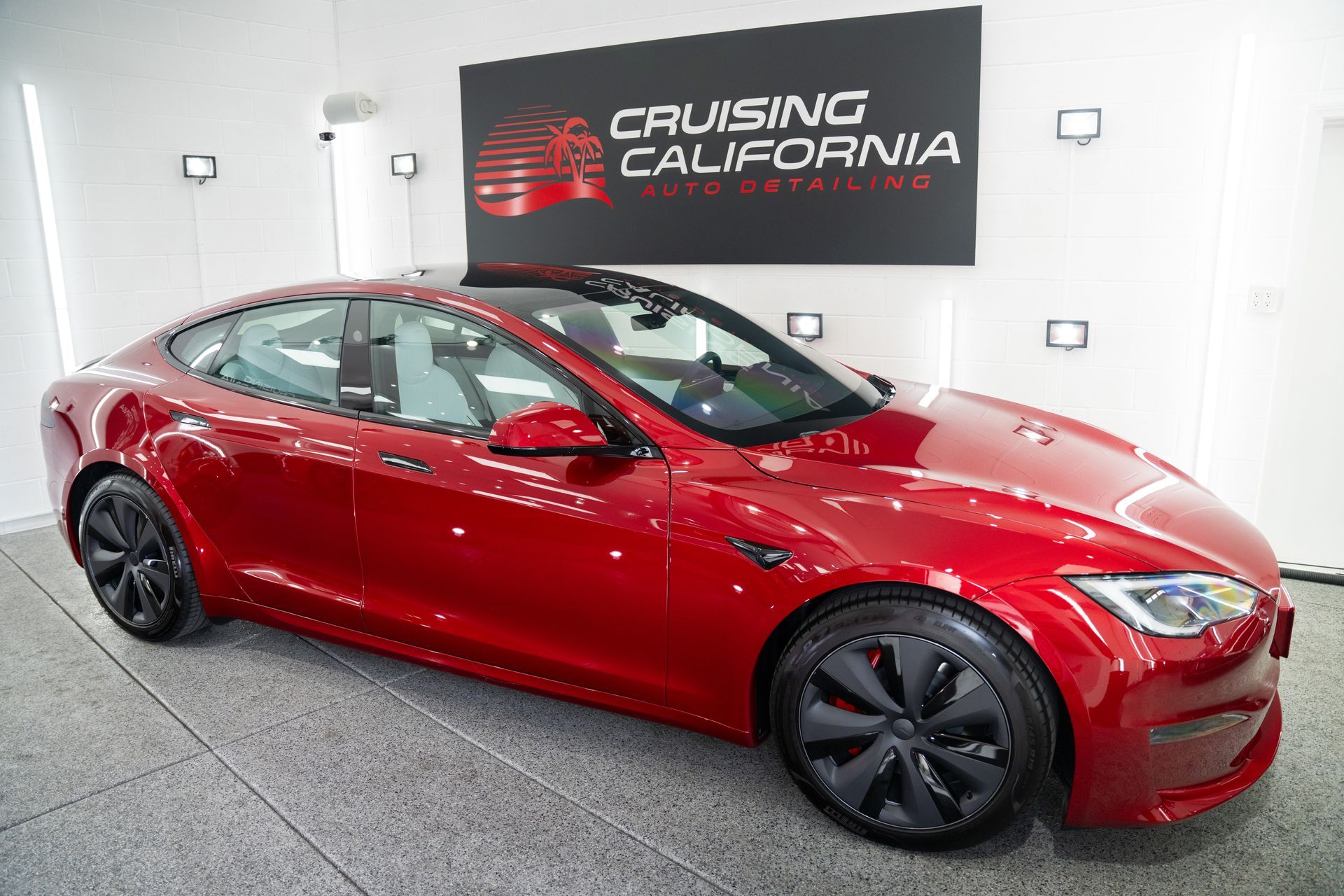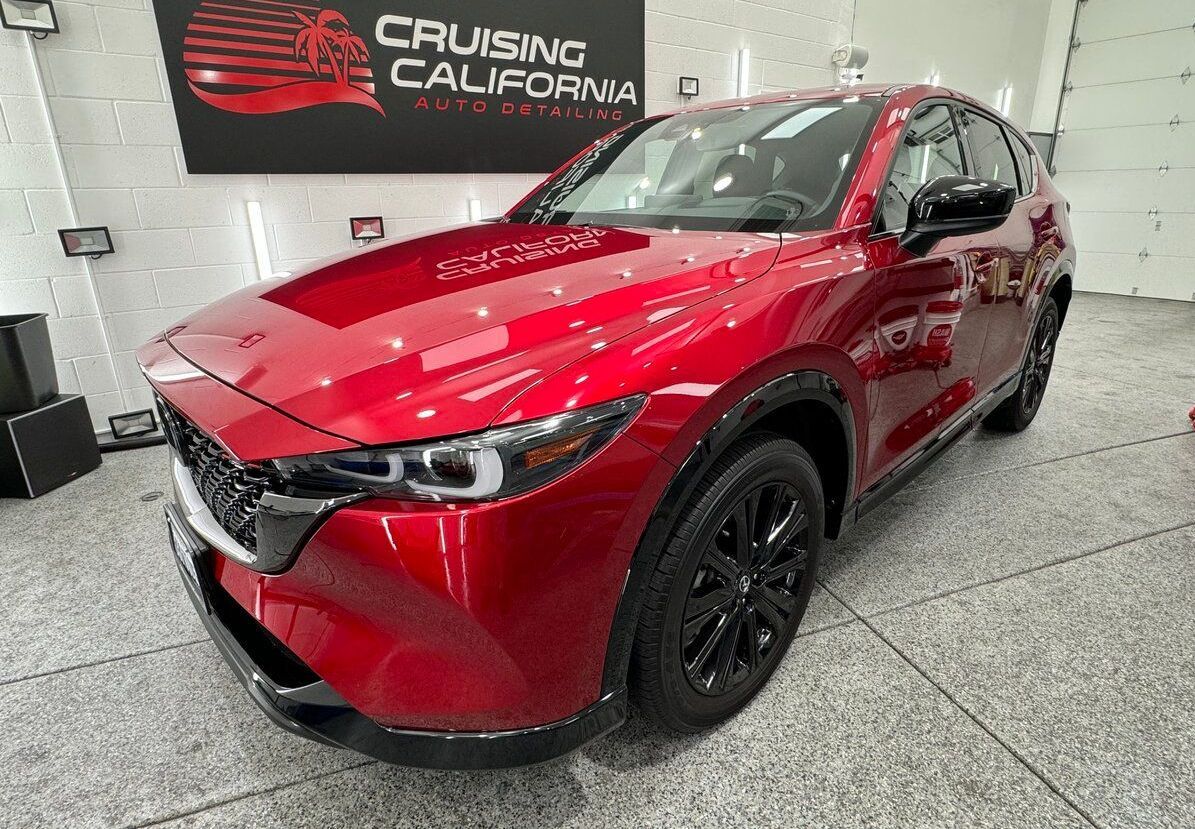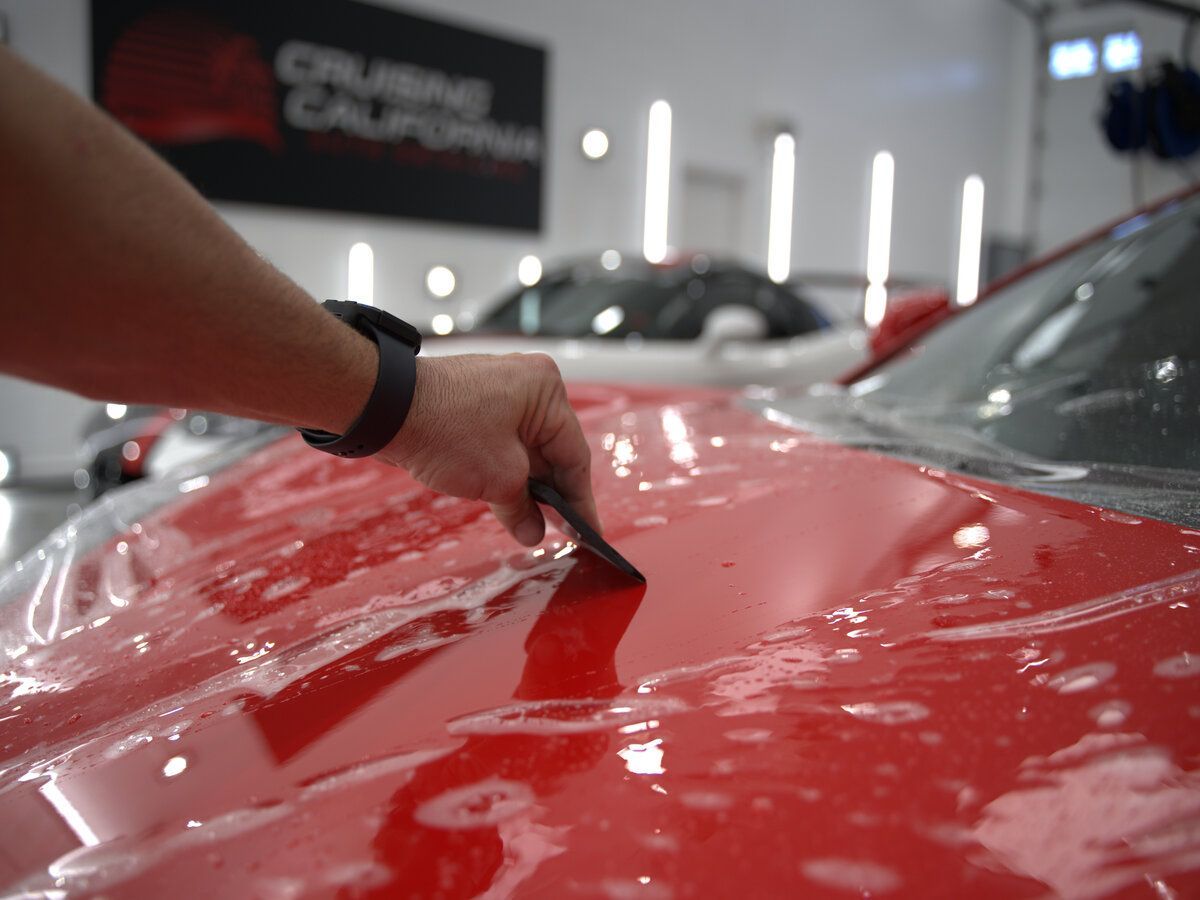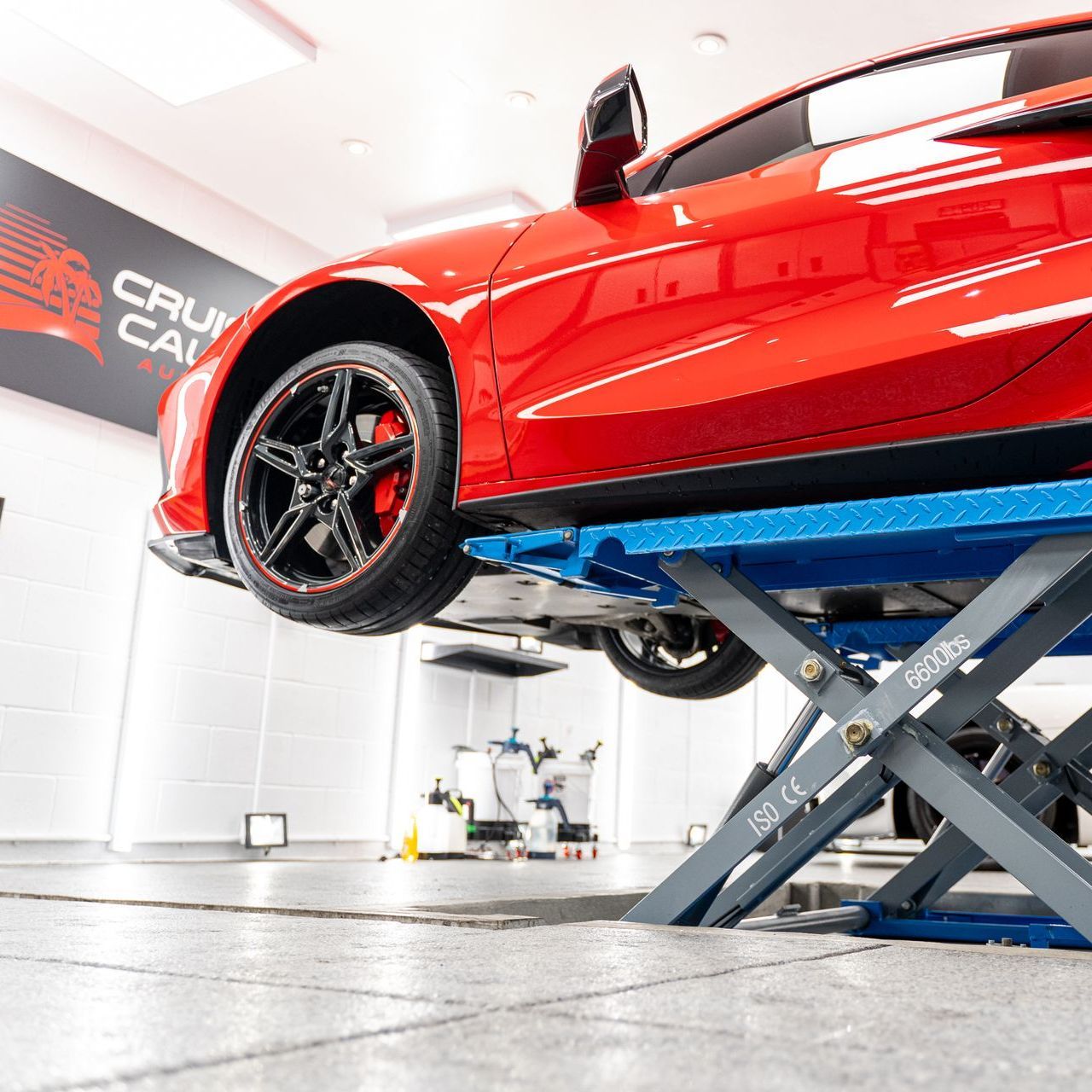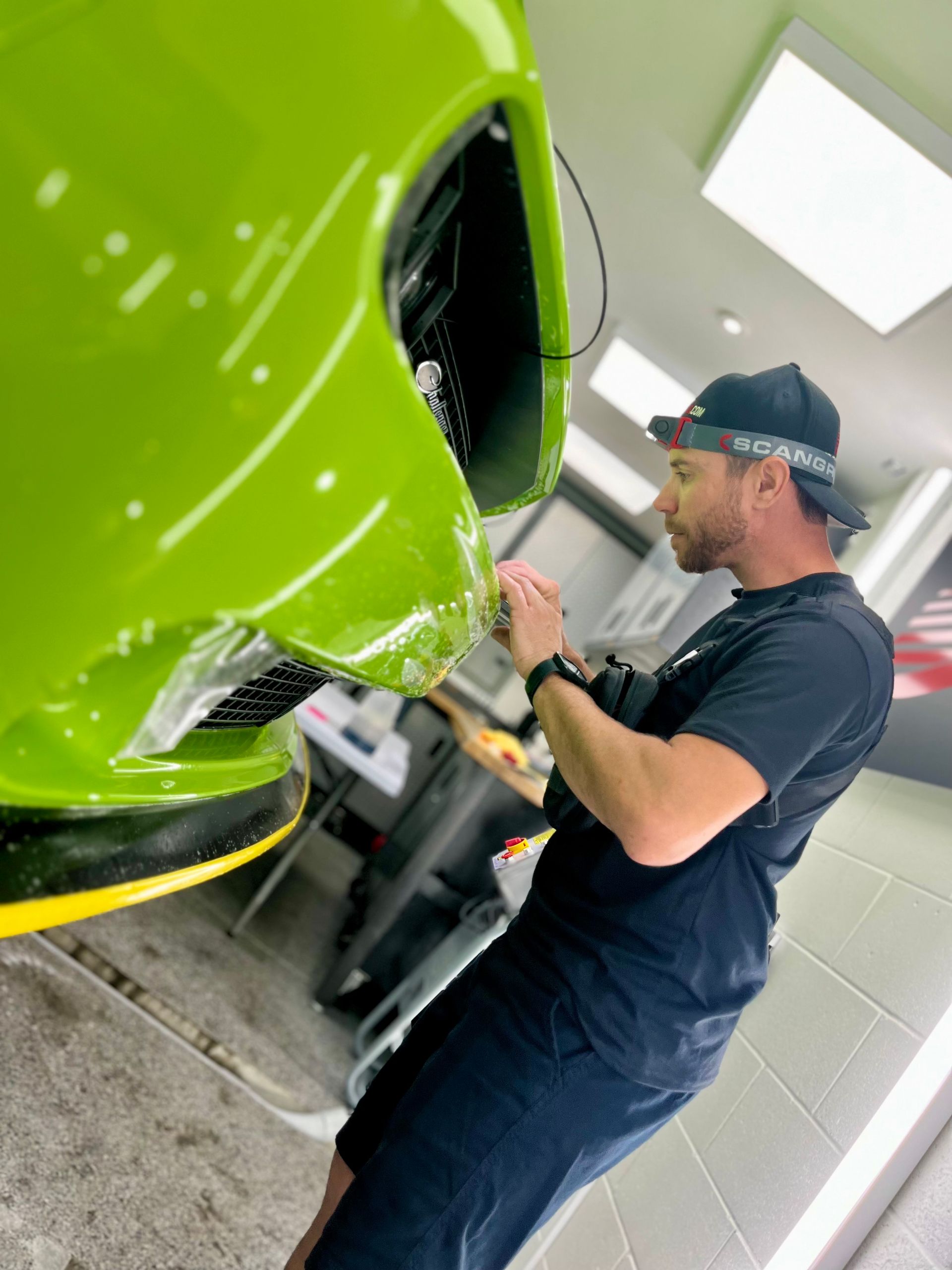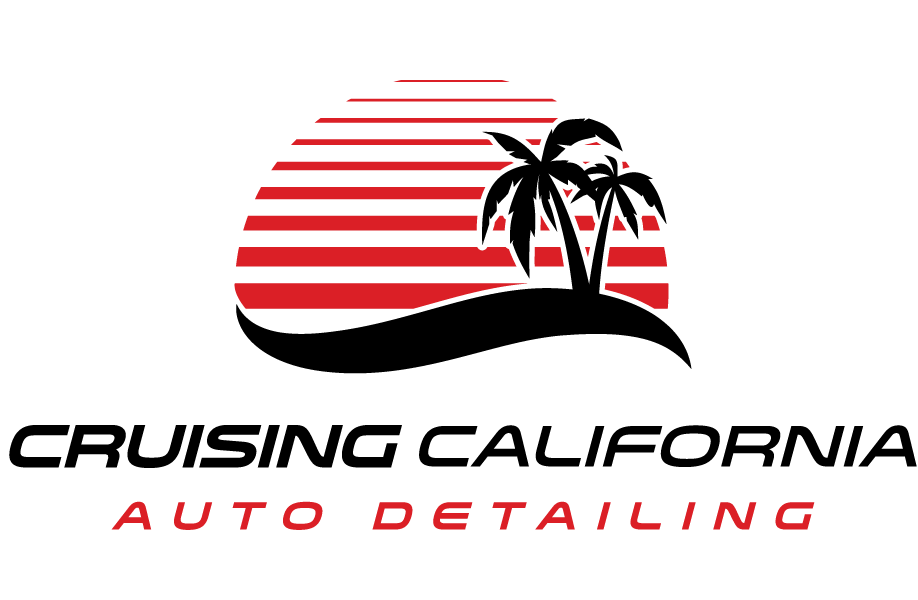The Paint Protection Film service is designed to shield your vehicle's paintwork, maintaining its fresh-off-the-lot look. The film, a transparent layer of tough thermoplastic urethane, defends against road debris like stones and bugs that often inflict minor damage. A surprising aspect is how it's tailored for each specific car model, ensuring a seamless fit in areas like the hood or fenders. This promises not just protection but discretion too. And with this well-armed knowledge, the journey into understanding PPF begins.
What is a Paint Protection Film Service?
Paint protection film, also known as PPF, forms an invisible layer of defense against the elements, safeguarding your vehicle's paintwork from chips, scratches, and other damage that can accumulate over time. Constructed from a clear, thermoplastic urethane material, this protective film offers a powerful shield against environmental hazards like road debris, bird droppings, tree sap, and UV exposure.
How does It Work?
The process begins by precisely cutting or pre-cutting the PPF to match the specific contours and dimensions of your vehicle's make and model. This ensures a tailored fit that seamlessly blends with the original aesthetics of your car. The next step involves carefully applying the film to key exposure areas such as the hood, fenders, bumpers, and side mirrors—areas most vulnerable to damage from rocks, gravel, insects, and other debris encountered on the road.
For instance, if you're driving on a gravel road or highway prone to stone chips, this secure layer prevents these abrasive particles from causing unsightly blemishes on the vehicle's surface.
The application of PPF demands precision and expertise to guarantee a smooth and bubble-free installation. Professionals with experience working with paint protection film employ specialized techniques to ensure flawless adherence to the vehicle's surface.
This expert application protects your car not only from visible damage but also from potential corrosion from elements such as bird droppings and harsh weather. The protective barrier effectively repels acidic elements and harmful UV rays that can cause paint to fade over time.
Key Benefits of the Paint Protection Film Service
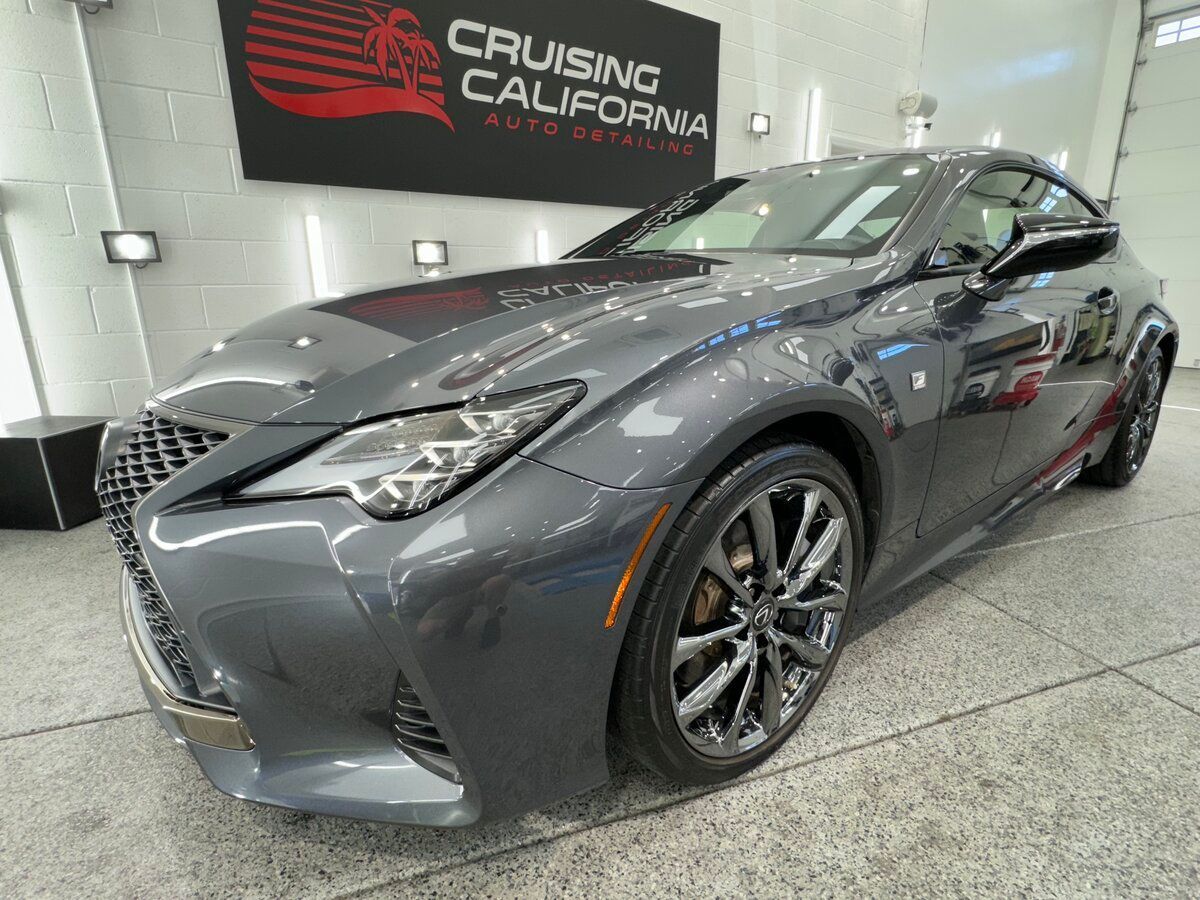
Imagine being able to drive around El Cajon with complete peace of mind, knowing that the elements are shielding your vehicle's exterior. That's the kind of confidence a paint protection film (PPF) service provides. Here are some standout benefits of investing in PPF for your vehicle:
Protection from physical damage
A drive around town can be a perilous journey for your vehicle’s paint job. Small rocks, road debris, and other abrasive materials can cause unsightly scratches and chips, particularly on highways or gravel-filled roads. PPF acts as a protective barrier against these external aggressors, ensuring your vehicle's pristine appearance remains intact.
Consider how many times you've driven behind a truck on the highway, hearing the telltale "thump" as small rocks hit your car's front end. These impacts might seem harmless at first, but they can take a toll on your vehicle's paint over time. PPF effectively acts as an invisible shield, dramatically reducing the impact of these encounters and keeping your vehicle's paint looking fresh for longer.
Enhanced Resale Value
A well-maintained exterior has a direct impact on the resale value of your vehicle. Vehicles with PPF tend to maintain their cosmetic condition better, translating to higher resale values when the time comes to upgrade or sell your car. By preserving the original paint from damage and wear, PPF ensures that your vehicle looks newer for longer and retains its aesthetic appeal.
When it's time to part ways with your current vehicle, potential buyers will appreciate seeing a beautifully maintained exterior with minimal signs of wear. Recent studies have shown that vehicles equipped with PPF have consistently fetched higher prices in the used car market. This is due to the perceived added value and assurance of quality that come with a PPF-protected vehicle.
Self-Healing Properties
Some PPF varieties come with self-healing properties, offering an innovative solution to minor surface imperfections. These films can actually repair minor scratches and swirl marks when exposed to heat, making them an incredibly low-maintenance protective solution.
This remarkable feature means that everyday wear and tear is less likely to leave visible marks on your vehicle's exterior. Even if small scratches do appear, they can simply vanish with exposure to sunlight or hot water, ensuring that your car always looks its best.
UV Resistance
PPF effectively shields the paint from damaging UV rays, preventing color fading and oxidation caused by prolonged sun exposure.
PPF offers an essential defense against environmental factors that could otherwise lead to irreversible damage over time. Through its UV-resistant properties, PPF ensures that your vehicle's vibrant paint color remains unaffected by the harsh El Cajon sun, maintaining its glossy shine year after year.
With these impressive benefits in mind, investing in a paint protection film service is not just about preserving the appearance of your vehicle—it's about safeguarding its value and longevity too.
Your understanding of the compelling benefits of paint protection film is critical in determining whether this service is suitable for your vehicle.
The following vehicles are suitable for applying Paint Protection Film
PPF is like a shield for your car’s paint. It saves vehicles from dings, scratches, and chips, which can be a real pain, especially when they happen on costly and prized possessions like luxury cars or sports cars. But this doesn't mean regular folks with everyday vehicles should neglect this extra layer of defense.
Luxury cars, sports cars, SUVs, and trucks might be the first vehicles that come to mind when thinking about PPF due to their higher value and increased susceptibility to damage. The reality, though, is that every type of vehicle can benefit from PPF. Even if you have a regular sedan or a family minivan, this protective film can save your car from unsightly chips and scratches.
So, it's not so much about what type of vehicle you own, but rather where you drive it frequently. Are you often traveling on gravel roads or highways with lots of debris flying around? If so, PPF could be a smart move to preserve your car's paint.
Think about it this way: installing PPF on your vehicle is like giving it armor that defends against the elements and ensures its shine for years to come.
The flexibility of the PPF application means that it can be customized based on specific vehicle needs and the owner's desires. For example, certain areas of the car may need more protection than others based on how vulnerable they are to damage. This tailored approach allows for a comprehensive defense while maintaining the aesthetics of the vehicle.
In essence, understanding the types of vehicles suitable for paint protection film involves recognizing that any vehicle, from high-end luxury models to everyday commuters, can benefit from this protective shield—it's less about the vehicle type and more about protecting your investment regardless of what you drive.
Costs and factors to consider
Several key factors influence the cost of installing paint protection film (PPF), including the vehicle's size, the coverage area, the type of PPF used, and the installer's expertise.
The vehicle's size is significant.
The size of your vehicle significantly impacts the overall cost of PPF installation. Larger vehicles naturally require more material and labor to cover their surface area, thus commanding a higher price tag. Smaller vehicles typically incur lower installation fees due to their reduced material and labor requirements.
Coverage Area
The extent of coverage plays a crucial role in determining the cost of PPF installation. Some car owners opt for full-body coverage, while others may choose to protect specific areas like the front bumper, hood, and side mirrors. More extensive coverage will naturally result in a higher total cost.
It is essential to carefully evaluate your goals and preferences when considering the coverage area. If you are committed to offering comprehensive protection to your vehicle's paintwork, opting for full-body coverage may be the most optimal decision. However, if you are primarily concerned about shielding select high-impact areas from damage, a partial coverage option may suffice.
Type of PPF Used
The type and quality of PPF play a pivotal role in determining the cost of installation. The market offers a spectrum of PPF variations that differ in terms of thickness, durability, and self-healing capabilities. Thicker, premium-grade films tend to command higher price points due to their enhanced protective properties and longevity.
Expertise of the Installer
Choosing an experienced and skilled professional for the installation is critical. Accomplished installers often charge higher rates for their services due to their expertise and precision in application. While it may be tempting to opt for more affordable alternatives, seeking out reputable installers can significantly contribute to the overall quality and durability of the protective film. In evaluating the overall cost and value of paint protection film installation, it's crucial to take into account several key considerations:
Quality of the PPF Material
Prioritize the quality of the PPF material, ensuring that it offers superior resistance to impacts, abrasions, and environmental elements. Higher-quality films often come with advanced features such as UV resistance and self-healing properties, delivering long-lasting protection for your vehicle's paint.
Warranty Offered
Ask the provider about their warranty before investing in PPF installation. A robust warranty speaks volumes about the confidence and reliability of the product and installation service. Opting for a warranty-backed PPF ensures peace of mind and serves as a testament to the durability and longevity of the protective film.
The reputation and experience of the installer are important factors to consider
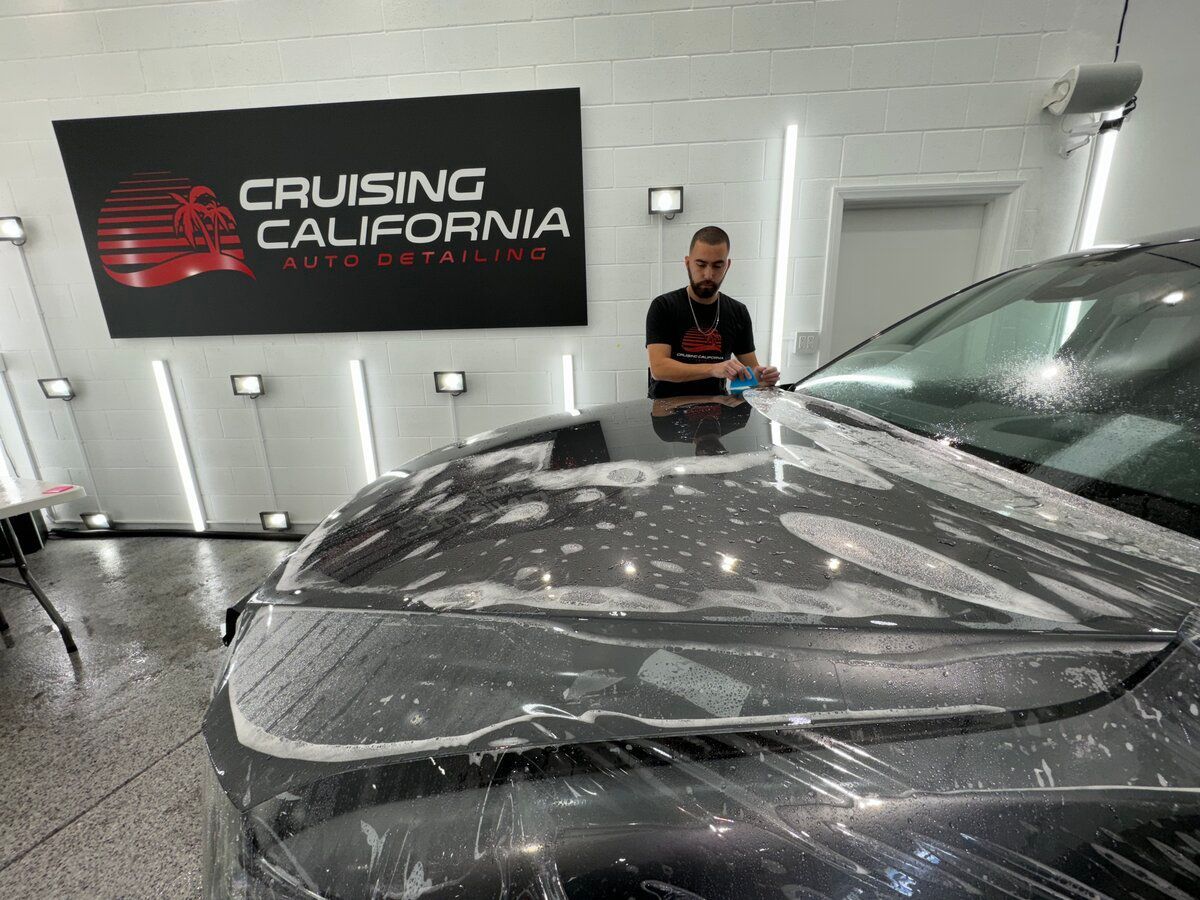
Researching and selecting a reputable installer with extensive experience is paramount. Trusted professionals are well-versed in industry best practices, ensuring meticulous application and seamless integration of the protective film onto your vehicle's surfaces. Prioritize installers with favorable client testimonials and a demonstrated track record of excellence.
By carefully considering these factors and pivotal considerations when assessing both costs and value, you can make informed decisions regarding paint protection film services that align with your vehicle's unique requirements.
Choosing a Reliable El Cajon Film Installer
When it comes to finding a reliable paint protection film (PPF) installer in El Cajon, there are key factors to consider. First and foremost, experience is crucial. Look for an installer with a proven track record of successfully applying PPF to a variety of vehicles. An experienced installer will be well-versed in the intricacies of different vehicle surfaces and will have developed the skills necessary to ensure a perfect application.
Another important aspect to investigate is the installer's portfolio. A comprehensive portfolio showcasing previous installations is indicative of the installer's expertise and attention to detail. As you review their portfolio, pay attention to the diversity of vehicles they have worked on, from sports cars to SUVs, and assess the quality of their work. This will give you a valuable insight into their capabilities and the level of craftsmanship you can expect.
In addition to experience and a strong portfolio, certifications from PPF manufacturers are significant indicators of expertise. Certified installers have undergone training specific to the product, ensuring that they are well-versed in the manufacturer's recommended installation techniques. This added layer of proficiency can provide peace of mind that your vehicle is in capable hands.
Customer reviews also play a critical role in assessing the reliability of an installer. Checking reviews from previous customers can offer valuable insight into the quality of their work, customer service, and overall satisfaction. Positive reviews are an encouraging sign, while any negative feedback should prompt further investigation and consideration.
Furthermore, it's crucial to ask about the installation's warranty. A reputable installer stands behind their work and should provide a warranty that safeguards against any potential issues with the installation. Make sure to discuss the warranty's length and coverage with prospective installers to fully understand its contents.
By carefully evaluating these factors—experience, portfolio, certifications, customer reviews, and warranty—you can make an informed decision when choosing a reliable paint protection film installer in El Cajon. This diligent approach ensures that your vehicle receives top-tier treatment from skilled professionals committed to delivering exceptional results.
We have realistic expectations from Paint Protection Film.
Paint protection film (PPF) can work wonders in safeguarding your vehicle's paintwork, but it's important to maintain realistic expectations. While PPF provides an additional layer of defense against various threats such as rock chips, scratches, and UV damage, it is not a magical armor that provides absolute immunity from all forms of damage.
To put it simply, it's a bit like putting on sunscreen before heading out into the sun. While sunscreen doesn't guarantee protection from sunburn, it significantly lowers the risk of sunburn. In much the same way, PPF significantly reduces the risk of paint damage in everyday driving scenarios.
Areas Where PPF Excels
- PPF has proven to be particularly effective at mitigating damage caused by small rocks and road debris that are commonly encountered during regular driving. It acts as a sacrificial layer, absorbing impact and preventing these elements from causing visible damage to the car's bodywork.
- Scratches: PPF is adept at handling light scratches and abrasions, keeping the underlying paint pristine.
- UV Damage: It is also highly efficient in shielding the paint from harmful UV rays that can cause fading and discoloration over time.
The key point here is that while PPF provides impressive protection against certain types of damage, it doesn't render your vehicle impervious to harm. It's not a force field, but rather an added level of defense against the wear and tear of daily use.
The limitations of PPF apply.
In scenarios where severe impacts or prolonged exposure to harsh elements are involved, PPF may exhibit limitations in providing full protection. For example, if a large rock hits the PPF at high speed, it might still cause enough force to leave a mark or dent on the film and potentially compromise the underlying paint. Similarly, extended exposure to challenging environmental factors could eventually result in some wear on the film itself.
Understanding these limitations is crucial for maintaining realistic expectations when investing in a PPF for your vehicle. It is best to view PPF as an effective supplement to proper vehicle care rather than an infallible shield against all potential hazards, despite its outstanding protective qualities.
By recognizing its strengths and limitations, vehicle owners can make well-informed decisions regarding paint protection film based on realistic expectations and long-term benefits.
Elevate Your Vehicle's Protection with CCA Detailing and Ceramic Coating | PPF
At CCA Detailing & Ceramic Coating | PPF, we boast a team of highly skilled professionals who are experts in the art of PPF installation. With years of experience and a meticulous attention to detail, our technicians possess the knowledge and expertise to deliver flawless results every time. We understand the intricacies of automotive surfaces and utilize advanced techniques to ensure a seamless and precise
PPF installation. Modern technology and high-quality materials support our PPF services to ensure your car is getting the best protection possible. We partner with leading manufacturers to offer high-quality PPF formulations that are durable, self-healing, and optically clear. Whether you're looking to protect your daily driver or your prized exotic car, our advanced PPF solutions provide unmatched performance and longevity. Book now!

